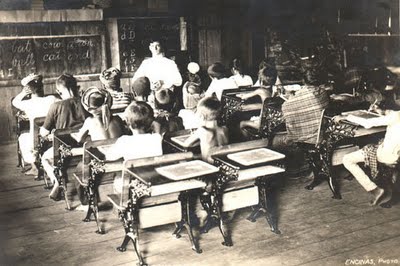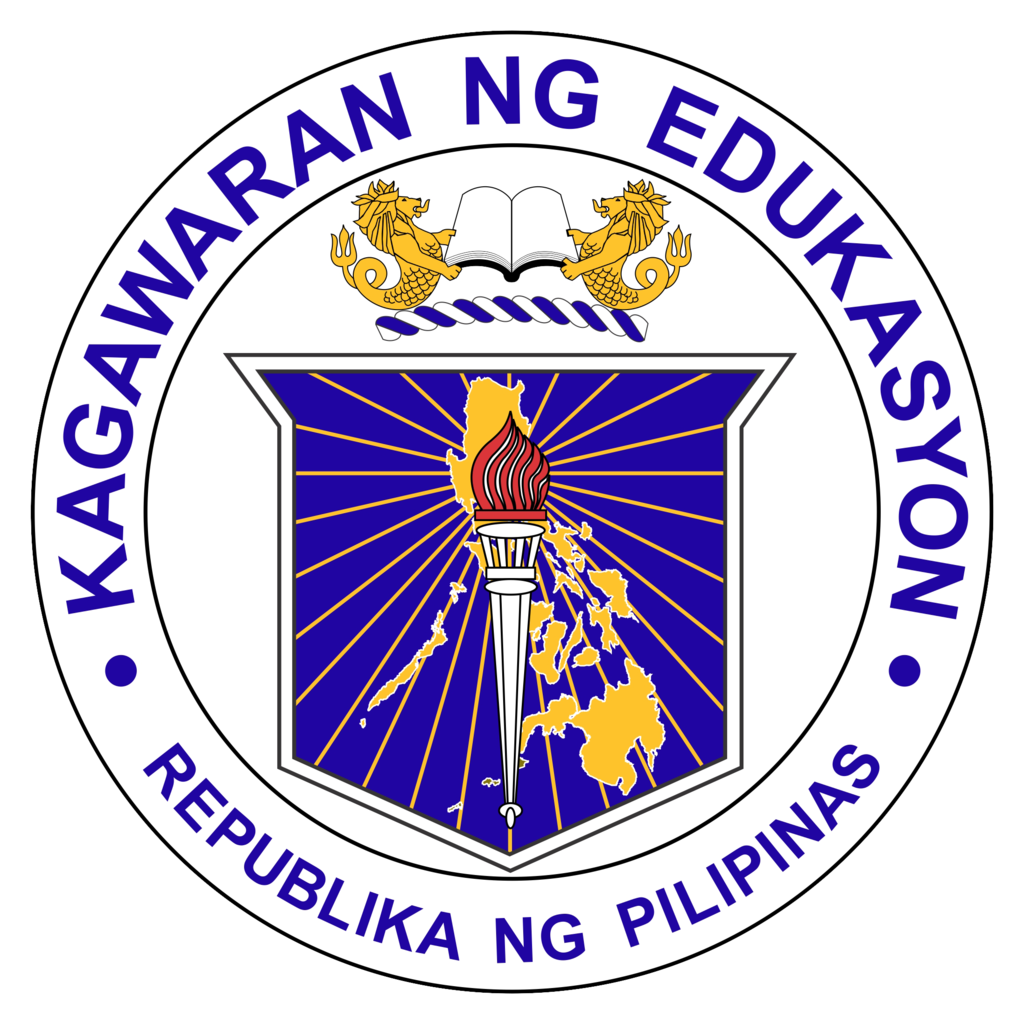Let’s take a glimpse on how education becomes a fundamental factor in the Philippines.
History

Education in the Philippines has undergone several stages of development from the pre-Spanish times to the present. In meeting the needs of the society, education serves as focus of emphases/priorities of the leadership at certain periods/epochs in our national struggle as a race.
As early as in pre-Magellanic times, education was informal, unstructured, and devoid of methods. Children were provided more vocational training and less academics (3 Rs) by their parents and in the houses of tribal tutors.
The pre-Spanish system of education underwent major changes during the Spanish colonization. The tribal tutors were replaced by the Spanish Missionaries. Education was religion-oriented. It was for the elite, especially in the early years of Spanish colonization.
Access to education by the Filipinos was later liberalized through the enactment of the Educational Decree of 1863 which provided for the establishment of at least one primary school for boys and girls in each town under the responsibility of the municipal government; and the establishment of a normal school for male teachers under the supervision of the Jesuits.
Primary instruction was free and the teaching of Spanish was compulsory. Education during that period was inadequate, suppressed, and controlled.
The defeat of Spain by American forces paved the way for Aguinaldo’s Republic under a Revolutionary Government. The schools maintained by Spain for more than three centuries were closed for the time being but were reopened on August 29, 1898 by the Secretary of Interior.
The Burgos Institute in Malolos, the Military Academy of Malolos, and the Literary University of the Philippines were established. A system of free and compulsory elementary education was established by the Malolos Constitution.
An adequate secularized and free public school system during the first decade of American rule was established upon the recommendation of the Schurman Commission. Free primary instruction that trained the people for the duties of citizenship and avocation was enforced by the Taft Commission per instructions of President McKinley.
Chaplains and non-commissioned officers were assigned to teach using English as the medium of instruction.
On October 14, 1943, the Japanese – sponsored Republic created the Ministry of Education. Under the Japanese regime, the teaching of Tagalog, Philippine History, and Character Education was reserved for Filipinos. Love for work and dignity of labor was emphasized.
 In 1947, by virtue of Executive Order No. 94, the Department of Instruction was changed to Department of Education. During this period, the regulation and supervision of public and private schools belonged to the Bureau of Public and Private Schools.
In 1947, by virtue of Executive Order No. 94, the Department of Instruction was changed to Department of Education. During this period, the regulation and supervision of public and private schools belonged to the Bureau of Public and Private Schools.
One of the most awaited days for every student is his or her graduation. It is the day where students will be given the chance and opportunity to celebrate all the things they’ve accomplished during school days. On graduation day, feelings of excitement overwhelm both the graduates and their parents especially when the latter witness their child walk across the stage receiving their diplomas.
 For high school graduates, graduation means saying good-bye to old friends and facing another chapter of life by achieving higher education. While for our college graduates, graduation signifies a step into the “real” world. To the other graduates and degree holders, graduation means fulfilling your educational goals and dreams.
For high school graduates, graduation means saying good-bye to old friends and facing another chapter of life by achieving higher education. While for our college graduates, graduation signifies a step into the “real” world. To the other graduates and degree holders, graduation means fulfilling your educational goals and dreams.
But how much do you know about graduation? Do you want to learn more?
Click here to know some Graduation Trivia
 Most colleges and universities in the Philippines’ follow the traditional mortarboard, hood and gown during graduation. In some schools of the country, the color of the gown corresponds to the school color (Blue for Colegio de San Juan de Letran and Ateneo de Manila University, Green for Far Eastern University, and Red for San Beda College).
Most colleges and universities in the Philippines’ follow the traditional mortarboard, hood and gown during graduation. In some schools of the country, the color of the gown corresponds to the school color (Blue for Colegio de San Juan de Letran and Ateneo de Manila University, Green for Far Eastern University, and Red for San Beda College).
Some schools like the University of Santo Tomas, due to its Spanish heritage, follows the Spanish academic attire such as the academic biretta and mozetta. Also, the academic colors use the Spanish academic colors depending on the faculty or college a student or an academe belongs to.
A unique graduation garb by the University of the Philippines is the use of the Sablay. The Sablay was inspired from the Malong of Muslim Mindanao thus, giving it a Filipiniana look. It features the indigenous baybayin characters for “U” and “P”. During the commencement ceremony, graduates wear the Sablay at the right shoulder; it is then moved to the left shoulder after the President of the University confers their degree, “similar to the moving of the tassel of the academic cap.” The Sablay is worn over traditional Filipino attire – Barong Tagalog for men and Filipiniana dress for women.
Once again we would like to extend our warmest gratitude on these well-deserved achievements of all the graduates. Happy graduation!
References:
http://www.columbiamissourian.com/a/174627/5-fun-facts-about-graduation-traditions/
http://facts.randomhistory.com/facts-about-us-colleges.html
http://www.deped.gov.ph/about/history
http://www.beliefnet.com/Love-Family/Life-Events/Graduation/Graduation-Advice.aspx?p=3#FOqiISJT7hA5RZJX.99
http://en.wikipedia.org/wiki/Graduation







